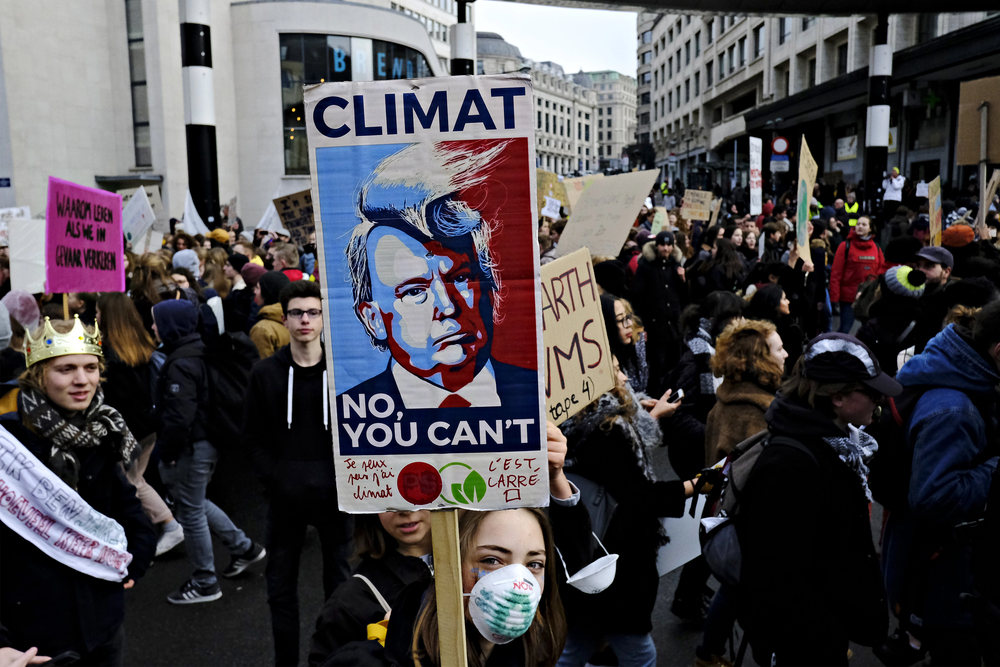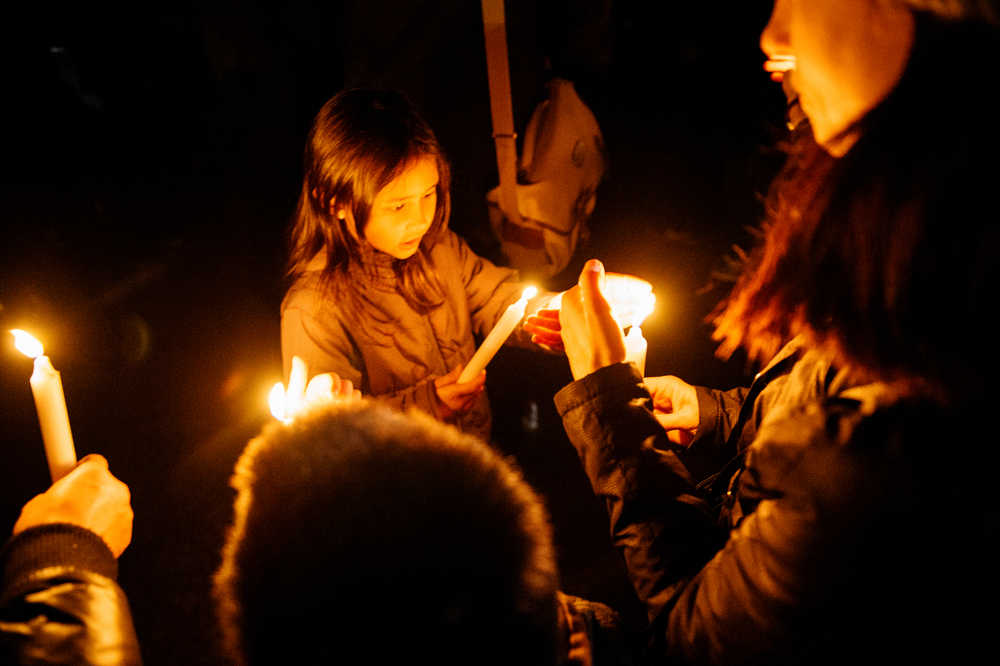
Ever feel like you’re living in a Kafka novel, but with more paperwork and fewer answers? The recent federal trial over the Trump administration’s so-called ‘ideological deportation’ policy has exposed a reality that’s stranger and scarier than fiction for academics, immigration attorneys, and civil liberties advocates. The details emerging from courtrooms aren’t just legal footnotes; they’re reshaping the landscape of campus activism and free speech rights in America.

From secret lists to emotional impact on the targeted, the trial has taken the lid off a policy that’s left students, scholars, and academic communities in fear. Below’s what’s truly happening behind the headlines, and why these revelations are more crucial than ever before.

1. Secretive Lists: The Canary Mission’s Unwarranted Influence
Maybe the most shocking disclosure of the trial was the government’s employment of lists created by groups like Canary Mission and Betar USA. Such organizations, and specifically Canary Mission, have a known history of doxing thousands of Palestine sympathetic students and scholars, as well as Palestine supportive faculty members. According to Peter Hatch, a senior government official in Immigration and Customs Enforcement (ICE), the agency’s ‘Tiger Team’ produced over 100 reports from 5,000 names on the Canary Mission website. The guidance was to study the site…that we should review individuals posted on the Canary Mission website, Hatch testified.
The dossiers that were prepared did not simply identify activism they were comprised of tweets, op-eds, and protest actions. The sweeping scope of these secret lists raises serious concerns about transparency, due process, and academic freedom. For the vast majority in higher education, the anxieties of private, ideologically motivated groups being able to aid federal investigations are intimidating. ICE officials used the Canary Mission website to make their identifications of students and faculty to be targeted.

2. Unprecedented Arrests And Top-Down Pressure
The trial upheld: these were not business as usual. Four sworn testimony from ICE officials stated that they never participated in this type of arrest before, and that pressure to prioritize these cases was coming from the highest level of the Trump administration. Patrick Cunningham, an ICE agent in Boston, further said, “I can’t recall a time it’s been from the top like this with a Visa revocation, um, under my watch anyway.”
Orders supposedly reached as high as Secretary of State Marco Rubio and the White House, aimed at individuals like Columbia graduate Mohsen Mahdawi and Georgetown postdoc Badar Khan Suri. Such unprecedented, top-down enforcement has both legal scholars and university administrators struggling to keep up with the new rules of engagement. ICE agents said that they targeted activists on orders from their superiors.

3. Secrecy and Blocked Documents: A Legal Maze
Transparency was relegated to the side as government attorneys grappled with hiding documents about visa revocations and deportation orders. Only five targeted students’ files were released, with dozens more behind lock and key. The government blocked the public release of a scathing State Department report on the administration’s policy.
This cloak-and-dagger manner has rankled advocates and attorneys. In a courtroom, the Department of Justice characterized criticism of an ideological policy of deportation as a product of ‘imagination.’ Nevertheless, as highest-ranking State Department consular official John Armstrong swore under oath, mere criticism of Israel or US foreign policy could be enough to trigger deportation proceedings. Ambiguity regarding what precisely constitutes antisemitism although officials have referred to ‘antisemitic conduct’ in memoranda only heightened the enigma. Researchers were given no guidance on what constitutes antisemitism.

4. Chilling Effect: Academic Freedom on Ice
The ripple effects have been rapid and profound. Both noncitizen and citizen scholars described a pervasive climate of fear. Canadian philosophy professor Megan Hyska at Northwestern said she decided not to write an op-ed opposing Trump-age policy because she feared being targeted. German anthropologist Nadje Al-Ali canceled research trips and put aside projects on Palestine.
Aslı Bâli, president of the Middle East Studies Association, warned, “The government is taking individuals by means of abduction and thereby, in doing so, tearing apart families and wasting public resources, all on the basis of politically shielded speech to which they object.” The chilling effect isn’t theoretical it’s actually reshaping academic activism and discussion in real time. Students and professors testified they stopped protesting out of fear.

5. The Psychological Cost: Activism Under Attack
The pressure is not simply academic or legal it’s personal. Research shows that while a few student activists experience a positive influence from their activism, 60% experience adverse psychological consequences, including stress, exhaustion, and worry. But most remain committed to their causes, gaining strength from social support, meaning, and caring for each other.
These findings exemplify a paradox: activism can simultaneously be a source of empowerment as well as a mental health emergency. Fear of surveillance, detention, or deportation only adds to the emotional labor. Concerns have been raised regarding the mental health implications of activist-led civic action.

6. Legal Gray Zones: Constitutional Rights in Question
Throughout the trial, attorneys for the administration wavered over whether noncitizens enjoy the same constitutional rights as citizens. At times they demanded equal rights; at other times they cited ‘nuances’ surrounding national security and foreign affairs. Noncitizen students and scholars are therefore placed in a precarious situation, never quite sure where their rights begin and end.
Judge Michael Farbiarz, who released Khalil, found that the application of immigration law to these facts was ‘unprecedented, not within the realm of conduct that the statute normally covers, of which an ordinary person would have notice.’ Such vagueness only adds to the climate of fear and self-censorship.

7. The Policy That ‘Doesn’t Exist’ Except When It Does
In a political satire turn, the Trump administration openly boasted of targeting foreign students for being activists, but later maintained in court that there is no such policy. Trump himself boasted before donors, “Any student that protests, I throw them out of the country.” But government lawyers argue that so-called ‘ideological deportation policy’ is all in the imagination of the plaintiffs.
Despite this denial, the evidence speaks for itself: official orders were given, investigations were started, and at least 18 people have been arrested. The message to campus communities is explicit and deafening even if the policy remains nominally unwritten.

The trial of the Trump administration’s ‘ideological deportation’ policy has cast a spotlight on a new era of surveillance, legal uncertainty, and emotional anxiety for student activists and scholars. For myself and others on the front lines of academia, immigration law, and civil liberties activism, these revelations aren’t cautionary anecdotes they’re a call to attention, action, and compassion. The war for academic freedom and due process rages on, but knowing these facts is the first step toward the protection of all campus communities’ rights and dignity.


